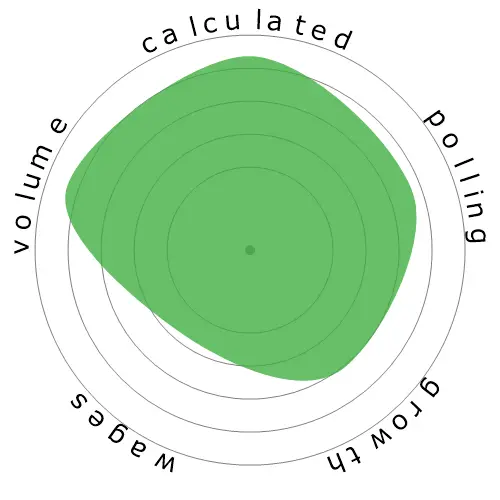Preschool, Elementary, Middle, Secondary, and Special Education Teachers




People also viewed
Calculated automation risk
Minimal Risk (0-20%): Occupations in this category have a low probability of being automated, as they typically demand complex problem-solving, creativity, strong interpersonal skills, and a high degree of manual dexterity. These jobs often involve intricate hand movements and precise coordination, making it difficult for machines to replicate the required tasks.
More information on what this score is, and how it is calculated is available here.
This page is a category page which comprises several occupations. To determine a score for this category, we calculate the average of all the occupations within it.
Please refer to the individual occupation pages for more information on each profession included in this category, you can see them listed here.
User poll
Our visitors have voted there's a low chance this occupation will be automated. This assessment is further supported by the calculated automation risk level, which estimates 11% chance of automation.
What do you think the risk of automation is?
What is the likelihood that Preschool, Elementary, Middle, Secondary, and Special Education Teachers will be replaced by robots or artificial intelligence within the next 20 years?
Growth
The number of 'Preschool, Elementary, Middle, Secondary, and Special Education Teachers' job openings is expected to decline 0.1% by 2033
Total employment, and estimated job openings
Updated projections are due 09-2025.
Wages
In 2023, the median annual wage for 'Preschool, Elementary, Middle, Secondary, and Special Education Teachers' was $63,280, or $30 per hour
'Preschool, Elementary, Middle, Secondary, and Special Education Teachers' were paid 31.7% higher than the national median wage, which stood at $48,060
Wages over time
Volume
As of 2023 there were 4,261,430 people employed as 'Preschool, Elementary, Middle, Secondary, and Special Education Teachers' within the United States.
This represents around 2.8% of the employed workforce across the country
Put another way, around 1 in 35 people are employed as 'Preschool, Elementary, Middle, Secondary, and Special Education Teachers'.
Job description


Comments
Leave a comment
plus, the robots might even scare them
Tools like intelligent tutoring systems, virtual reality for immersive learning experiences, and automated administrative tasks can free up educators to focus on more critical aspects of teaching, such as emotional intelligence and critical thinking.
While AI's integration into education could enhance teaching and learning processes, a complete takeover is less about replacement and more about augmentation and partnership between human educators and AI technologies. The future likely holds a blend where AI supports education, enriching the learning experience without fully displacing the human touch that is crucial for student development.
Leave a reply about this occupation